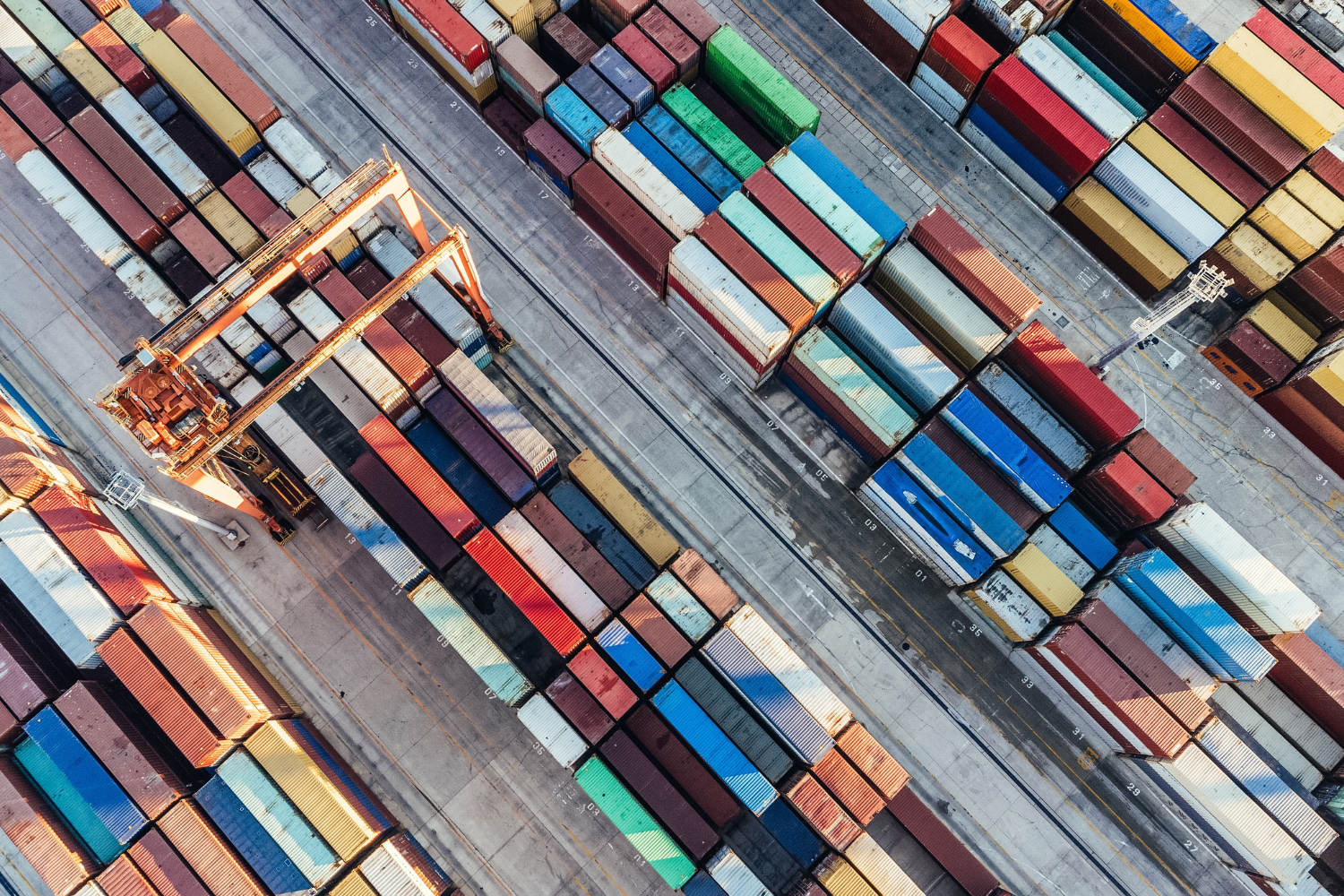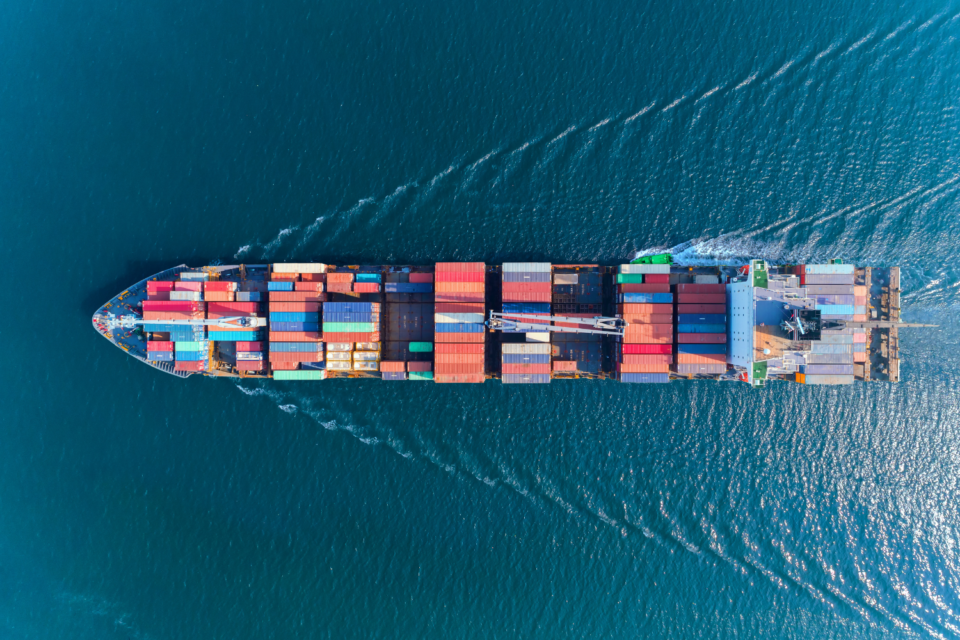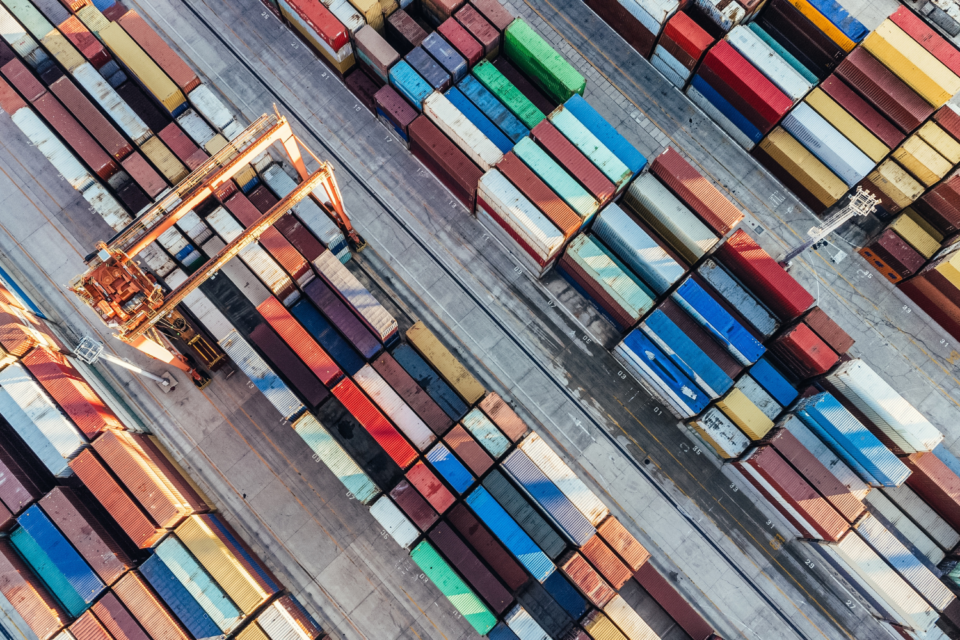
Decoding the Great Decoupling of the US from China
Asa Butcher, Senior Editor, Spoon Finland
The Great Decoupling refers to a significant economic and geopolitical relationship shift, characterised by technological disengagement between the United States and China. Triggered by the escalation of tariffs between the US and China in 2018, the issue has continued to gain traction, sparking concern about the potential fragmentation and fracturing of the world economy.
Focus has further intensified due to mounting geopolitical tensions such as the pandemic and war in Ukraine. However, it is crucial to distinguish between decoupling, which refers to reduced interconnectedness between two countries or blocs, and the broader implications of a global economic divide.
To answer these complex questions about the future of international economic integration, we delve into the dynamics driving the debate to understand the situation.
Disruptions and risks to trade
“A US-China decoupling could disrupt the global supply chain due to their extensive economic interdependence. Both are major global manufacturing and trade players, with complex security, supply chain and value chain networks spanning various industries, many of which are underlined by the chips and semiconductor industry,” outlines Vivek Mishra, a Fellow with the Observer Research Foundation’s Strategic Studies Programme.
He warns that decoupling could lead to the relocation of production facilities, a diversification of supply sources and potential disruptions in the flow of goods and services. The result would be inflation, higher costs, delays and decreased efficiency. And that is just the short term.
“Long term, it could lead to reduced bilateral trade, imposition of tariffs, trade restrictions and increased protectionism. On the technological front, there is a global-political danger of countries like China, North Korea, Iran and Russia working on a separate axis or nations looking inwards and fostering techno-nationalism,” he foresees.
Steven A. Altman, a Senior Research Scholar and Director of the DHL Initiative on Globalization at the NYU Stern School of Business, emphasises that current data points still say substantial decoupling is more a risk rather than a reality: “It’s essential to distinguish between predictions versus actual trends and developments. We need to watch for evidence of a significant split between rival countries or blocs.”
The latest DHL Global Connectedness Index, which analyses trade, investment, scientific research collaboration, migration and travel, found evidence of a partial decoupling between the US and China. However, more goods still flow between the two than between any other countries worldwide. In addition, there were no parallel patterns of US allies reducing interactions with China and its allies or vice versa.
Develop a game plan to prepare
Business leaders must understand the sensitivity of their industry, such as existing policies or proposed legislation that could target interdependencies between geopolitical rivals. For example, semiconductors have been significantly impacted by US government policies. While there are risks, opportunities can arise, such as taking the market share from a rival based in a country that some customers might find less reliable.
Altman notes that the appropriate responses are “often incremental and in the realm of risk management, rather than a significant rethinking of the company’s global strategy predicated on expectations of a complete split. It is more prudent to think of a scenario that might happen. Do we have the flexibility to adjust? Do we have a game plan?”
Keeping these questions in mind can safeguard companies from the unknown, particularly leading up to the 2024 US presidential election. Mishra is of the opinion that the Biden administration will be doubling down on the steps already taken against China, especially in the technological ecosystem, and working with more partners.
“For example, US Commerce Secretary Gina Raimondo visited India in March and signed a memorandum of understanding on developing a semiconductor supply chain. The US and India are currently working together on a host of issues. While India is not an ally, it is certainly a strong and credible partner in this part of the world.”
Looking for an optimistic future
While there will be a gradual weaning away from China in specific sectors, such as electronics, the fundamental dependence on the country for rare earth minerals used in chip and semiconductor production will continue. China’s significant market share in this area makes it unlikely for the government to withhold supply and jeopardise its trade relationships with other nations, sees Mishra.
“China is not passive in the face of decoupling efforts. It is strategically shifting its responses to minimise impact while pushing for domestic semiconductor and chip production advancements. As economic priorities and risk management strategies evolve elsewhere, expect incremental changes and the development of regional blocs to balance economic interests and minimise vulnerabilities.”
Despite the challenges arising from the Great Decoupling, there is room for optimism, believes Altman. “There have been mutual gains through global interconnectedness. If I look 15 years ahead, I hope we might ultimately see reductions in tensions and a more secure outcome developing. However, prudent planning necessitates considering a range of contingencies and making wise decisions accordingly.”
Recognising that the world is less globalised than often assumed is essential, adds Altman. “Most economic activities occur within regional boundaries, with most goods and services ultimately remaining in the countries where they were produced. You’re never going to get a perfectly globalised world. And that creates challenges and opportunities that must be managed. By taking a measured response, we’ll make better decisions.”
You might also find interesting

For a safer and less uncertain world
Welcome to our series of topical articles where we discuss the impact that accurate measurement and calibration has on the world and our everyday lives.






















